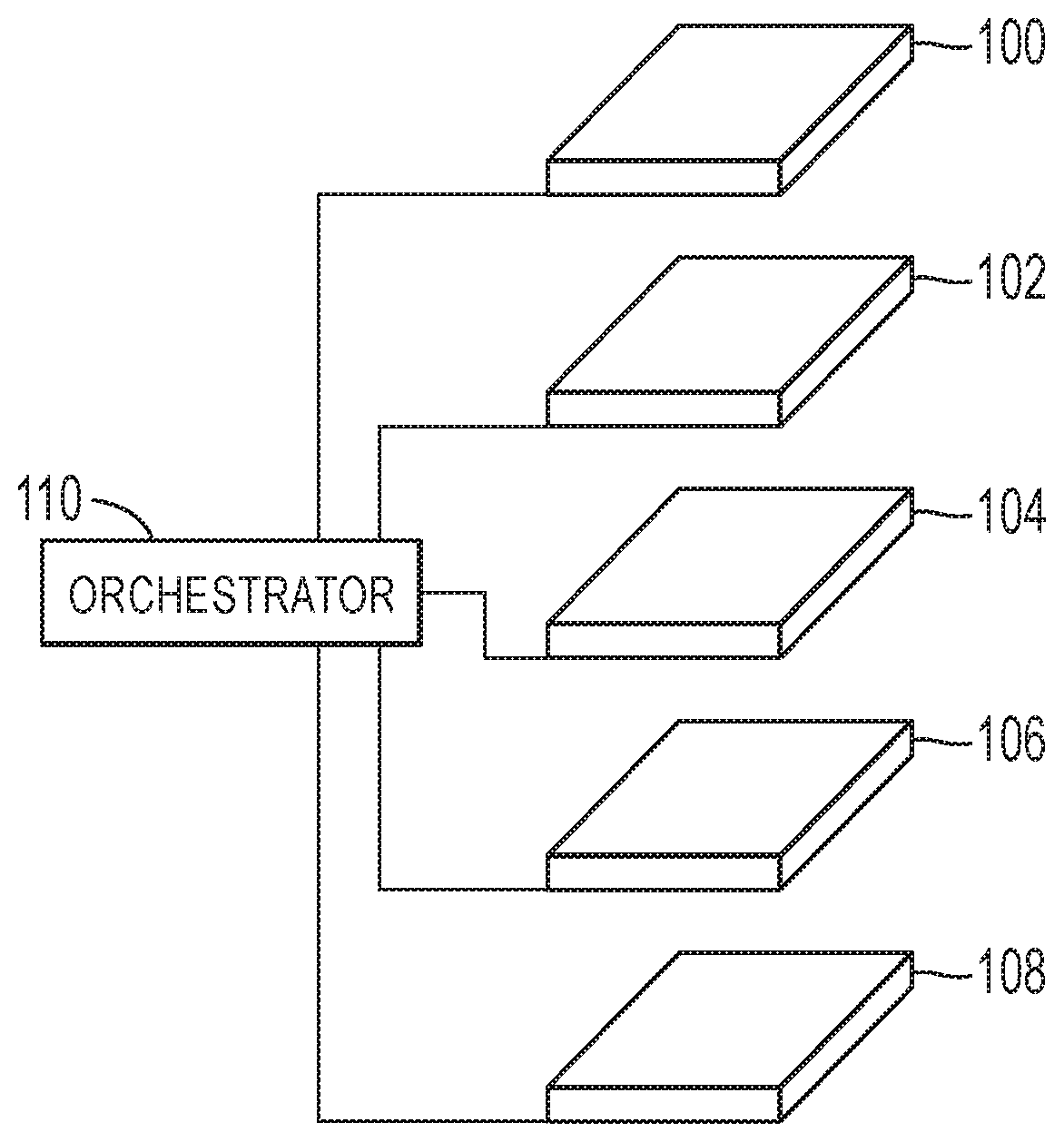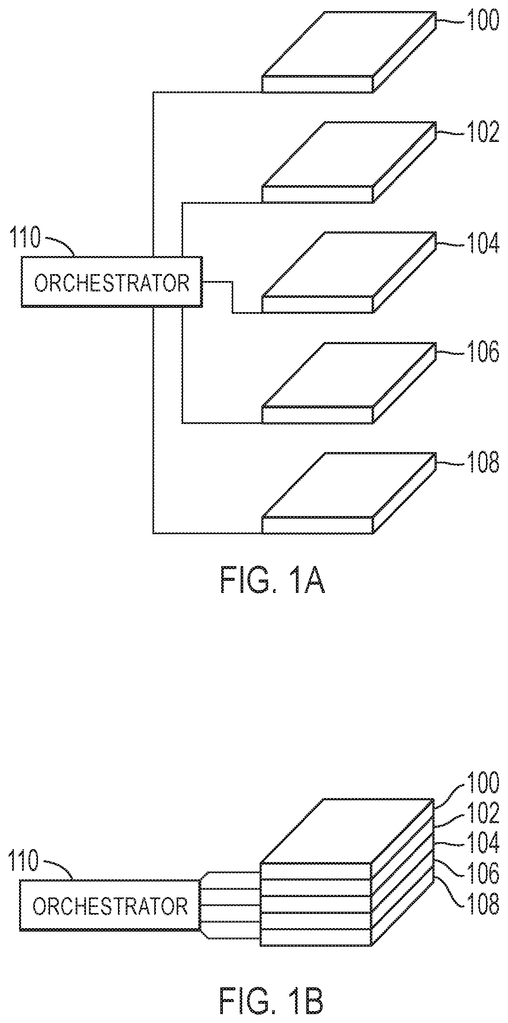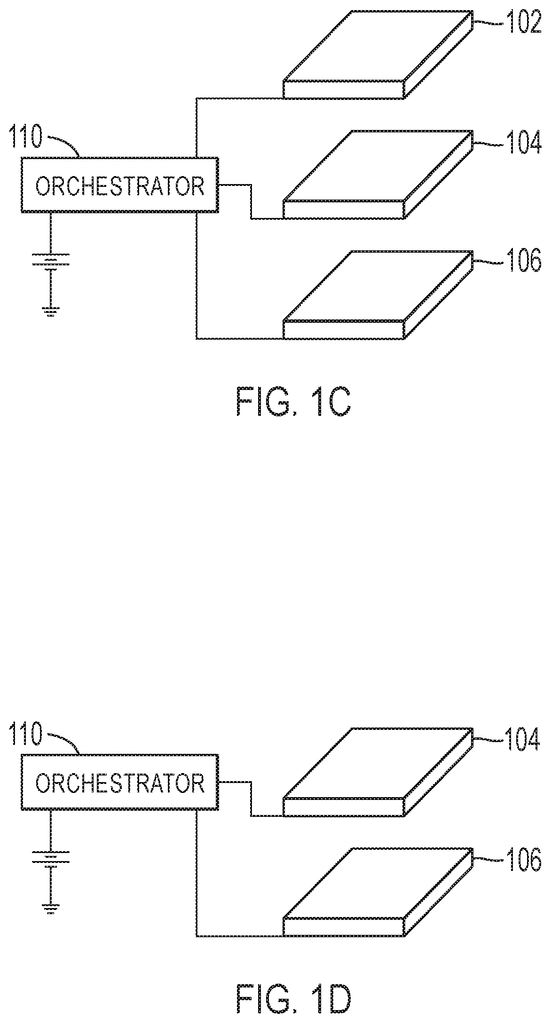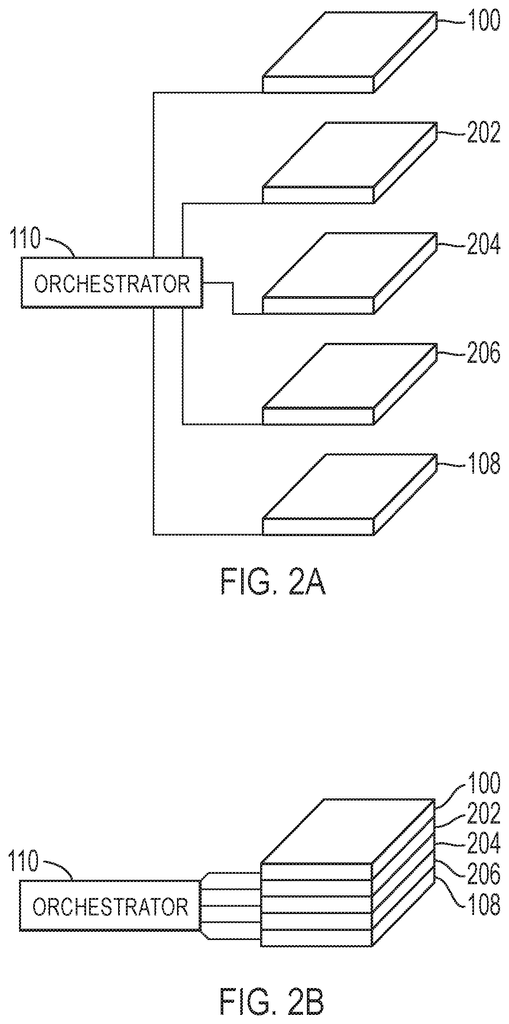Invented by James David Busch
Mixed reality is a technology that combines virtual and real-world environments, allowing users to interact with digital objects in a physical space. The technology requires a display device that can project virtual images onto the real world. The market for such devices has been expanding, with new innovations and advancements in technology.
Single-sided displays are the most common type of display device used for mixed reality applications. These displays are typically used for head-mounted displays (HMDs) and handheld devices. HMDs are worn on the head, and the display is positioned in front of the user’s eyes. Handheld devices, on the other hand, are held in the user’s hand, and the display is positioned in front of the user’s face.
Double-sided displays are becoming increasingly popular in the market. These displays allow users to see virtual images from both sides of the display, creating a more immersive experience. Double-sided displays are typically used in large-scale installations, such as theme parks and museums.
Transparent displays are another type of display device used for mixed reality applications. These displays allow users to see both the real world and virtual images simultaneously. Transparent displays are typically used in augmented reality applications, where virtual images are overlaid onto the real world.
The market for display devices, systems, and methods that can display single-sided, double-sided, or transparent mixed reality applications is expected to grow significantly in the coming years. The demand for immersive experiences is driving the growth of the market, with various industries adopting mixed reality technology to enhance their products and services.
In conclusion, the market for display devices, systems, and methods that can display single-sided, double-sided, or transparent mixed reality applications is expanding rapidly. The technology is becoming increasingly popular in various industries, and new innovations and advancements in technology are driving the growth of the market. As the demand for immersive experiences continues to grow, the market for mixed reality display devices is expected to grow even further in the coming years.
The James David Busch invention works as follows
The display contains a transparent element (TD) layer, such as at minimum one Transparent Organic Light Emitting Diode(TOLED) element and at most one active shutter element (AS) layer, such as a liquid-crystal shutter. The AS can be transparent or opaque. The TD can be transparent, or it may display or emit light mixed with other colors. Black can be displayed using a TD pixel. This is done by making the TD transparent and making an AS opaque. Every display can be made up of many elements. You can create different display modes by changing the states. These displays can be used in a variety of configurations and form factors. These devices can change their display modes depending on the spatial context determined by any of a variety of environmental or configuration sensors.
Background for Display devices, systems, and methods that can display single-sided, double-sided, or transparent mixed reality applications
1. “1.
The invention generally refers to electronic devices and displays that appear translucent or transparent (e.g. see-through), and/or display images or augmented or mixed realities annotations. These devices can display different images on either one or both sides of the display. They also protect user privacy in cases where it is not desired to display images on only one side. Displays may appear opaque or transparent, or they may only show one image. These devices can also be used to create mixed reality or augmented reality applications.
Some forms of the invention can be achieved by placing a transparent device (e.g. a Transparent Organic Light Emitting Diode, TOLED) or another display element (such a any other type emissive element), directly or indirectly next to an active shutter (e.g. an electronically actuated element capable of blocking light transmission or passing light (e.g. a liquid crystal shutter)), or placing a transparent screen between two active shutters or a substantially between two transparent displays.
The electronic actuated elements work together to display light or block light and provide a transparent view for viewers.
2. “2.
To reduce complexity and length of Detailed Specification and to establish the state-of-the art in certain areas technology, Applicant herein explicitly incorporates by reference all of the following materials identified below in each numbered paragraph. The Information Disclosure Statement (IDS), which was filed concurrently with this application, contains the Cite Numbers and is incorporated herein.
The related art demonstrates the inventive and non-obvious nature the present invention, including secondary considerations such as the long-felt need or failure of others in achieving the invention. All references are herein incorporated in their entirety.
2.A. Display Technology, including see-through displays
?A transparent [or see-through] electronic display allows users to see the contents of the glass screen but still be able to see through it. Cite. No. D001. An LCD or LED technology can be used to make a transparent display. Id.
Transparent displays are used in retail to display the product inside and text or advertisements on the window. The Samsung Smart Window, for example, is a transparent LCD that acts as both a window as well as a smart device, allowing you to use apps and widgets as well as connect to the internet. See Cite No. D038. Samsung added a privacy screen to the back of the screen. This acts as a mirror and prevents people from looking at the screen. Cite No. D028. The see-through display can only be viewed from one side while the other side is permanently obscured by a one way mirror.
Cite Nos. discusses other devices with see-through display elements. D029, U.S., D030 and D001. Publication 20110157708.
Example see-through display elements.
See-through displays can be made from many different display technologies, including Liquid Crystal Display (Cite Number. D055, Active Matrix LCD, (Cite Number. D056), TFT LED (Cite Number. D057), OLED Technology (Cite Nos. D034, D049 and D050 are the OLED Technology (Cite Numbers. D035, D047, Active-Matrix Organic light-emitting diode (AMOLED), (Cite Numbers. D042, D066, Passive-Matrix Organic light-emitting diode (PMOLED), (Cite Nos. D045 and D015, D046, and Transparent Organic Lighting Emitting Diode/Display(TOLED) (Cite Numbers. D032, D033, and D036, as well as D044, and Quantum Dot Organic Lighting Emitting Diodes, (QLEDs).
Unlike other OLEDs, TOLEDs can be transparent when all layers are present: the substrate, the anode and hole-transporting layers, the emissive layer and cathode. In the active state, a transparent OLED emits light in both directions. It exits at the sides and front of the screen. Viewers can see the display from both sides. The image on one side of the display will reflect the image on the opposite side. These TOLED can be used both as an active matrix OLED (AMOLED), and as a passive mat OLED be built (PMOLED). TOLED can be used to make large-format OLED displays as well as head-up displays. See Cite No. D032.
Transparent OLEDs are transparent or semitransparent contacts placed on either side of the device. This allows for displays that can be made top- and bottom-emitting (transparent). ToLEDs increase contrast making it easier to see displays in bright sunlight. This technology can be used for Head-up displays and smart windows. It has been claimed to have been used with a black, light-absorbing backing. Cite No. D033. Cite No. 3 discusses other aspects of OLED display device. D067 and U.S. Patent. No. 5,986,401.
Example See Through Display Devices
Many other companies have also developed products using transparent displays.
Concept and other fictional devices used in TV and movies show the limitations of current technology and the failures of others to solve the problems described by Applicant. Cite Nos. D043, D016, and D017. D005, D005, and D063 (showing mirror images on the back), D183, d014, D014, D184.
In 2010, the Samsung IceTouch MP3 Player was said to be the first product in the world with a Transparent LCD Display. See Cite No. D012. D012. The display on the back of the screen, however, is reversed so text and images can be displayed backwards. See Cite No. D013 at 02:21 (showing the screen’s front displaying the word “Pictures?” D031 at 1:21 (showing the front of the screen with the word “Pictures?”). Also see D013 at 1:19 (showing ‘Maroon 5 If You Never?). D013 at 1:09 (showing?Maroon 5 If I Never?)) and D013 @ 1:13 (showing the mirror images of the Maroon 5 album artwork and text). Samsung IceTouch was discontinued. No substitute product was available.
Sony Ericsson’s Xperia Purness telephone had a transparent display. D182. The phone’s reviews are an example of its shortcomings:?Occasionally, a smartphone exists just because it can. It’s not powerful, not because it offers great bang for your buck, not because the manufacturer has negotiated a lucrative exclusivity deal with a major carrier and certainly not because they’re introducing a new smartphone operating system. Sony Ericsson doesn’t attempt to make a business case for the sinfully hedonistic Xperia Purity. You’ll be either smitten by that transparent display or dismayed at the $1000 price tag. It’s as simple as that. We have had a few moments to look at the Pureness since we received it today. The screen would have been enough to make you think that you were looking at a $30 prepaid candybar. Sony Ericsson’s standard dumbphone platform is essentially the simplest version of the UI. The display is just grayscale. You have an FM radio (with a headset attached), basic music player and browser. But, if you are in North America, you won’t get any 3G. See Cite No. D182. D182.
Click here to view the patent on Google Patents.








